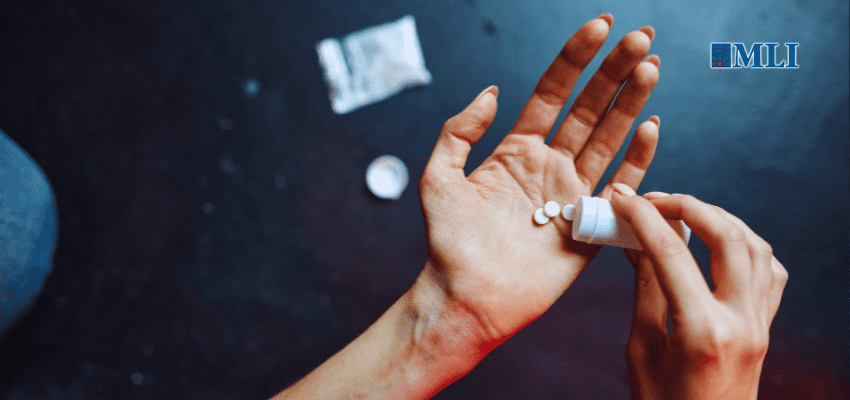This article originally appeared in the Toronto Sun.
By Liam Hunt, August 14, 2024
In a quiet corner of a bustling Toronto methadone clinic, Dr. Robert Cooper shared a sobering reflection on the state of Canada’s opioid crisis, which he believes is being fuelled by reckless “safer supply” programs.
“What safer supply did was say, ‘Here’s an unlimited supply of free opiates,’” he mused. “As soon as you do that, people who are suffering from addiction will have difficulty saying no, and then they can’t stop once they start. That’s what addiction is.”
After these programs became widely available in 2020 and started flooding Canadian streets with hydromorphone, a drug as potent as heroin, Cooper noticed more of his patients started using opioids again. Many had been stable and in recovery, but easy access to free “safe” narcotics led them to relapse and, in some cases, experiment with more dangerous substances.
Cooper had originally been open to the idea of safer supply, but his opinions changed after one of his patients, who had been stable on methadone for more than a decade, died shortly after enrolling in one of these programs – she was evidently selling her taxpayer-funded opioids to buy fentanyl. “She had access to more fentanyl than she ever had before. Then she overdosed,” he said.
Stories like hers are tragically common. According to Cooper, “100%” of his colleagues in addiction medicine have witnessed safer supply hydromorphone being diverted (sold or traded) to the black market.
He found this fraud unsurprising as safer supply programs systematically overprescribe “massive quantities” of opioids, which often go beyond what some patients can tolerate. “You can’t give someone 32 eight-milligram hydromorphone tablets a day and think that there’s not going to be diversion.”
Safer supply programs in Ontario provide drug users with over 240 milligrams of hydromorphone every day, in perpetuity – but an individual experiencing severe acute pain, such as passing a kidney stone, is given only a tiny fraction of that amount. “One or two milligrams of hydromorphone will take care of the worst pains that we know of,” Cooper emphasized.
He characterized safer supply as a “national experiment” with an “extremely weak” evidence base that was hastily expanded without justification. He saw strong parallels with the OxyContin crisis of the 1990s and 2000s, when the overprescribing and wide scale diversion of pharmaceutical opioids led to countless deaths – ironically, it is these “safe” drugs that sparked the current overdose crisis in the first place.
Like with safer supply programs, OxyContin was heralded as a major medical breakthrough and benefitted from questionable regulatory and marketing decisions which downplayed potential harms.
“There were lessons that we ought to have learned from OxyContin,” said Cooper. “It was marketed as safe and not addictive, (but) created massive problems with people becoming addicted to opiates, (then) transitioning to harder and worse drugs.” He stressed that by the time Purdue Pharma, OxyContin’s manufacturer, was sued into bankruptcy, the drug had “destroyed families, destroyed communities, and destroyed lives.”
As Cooper sees it, Canada’s safer supply disaster offers opioid addicts a dangerous temptation rather than a step towards recovery. He said that these programs have siphoned resources away from more effective, evidence-based treatments – such as opioid agonist therapies (OAT) – which have a proven track record of helping individuals manage and overcome addiction.
He recalled a poignant moment in his career, when a senior physician observed: “The dream of every opiate addict is to have an unlimited supply of free opiates.” It was a simple and grim truth: The government has given drug users everything that they want, but at a nightmarish cost to both communities and themselves.
Liam Hunt is a Canadian writer and journalist with an interest in humanism, international affairs, and crime and justice.






